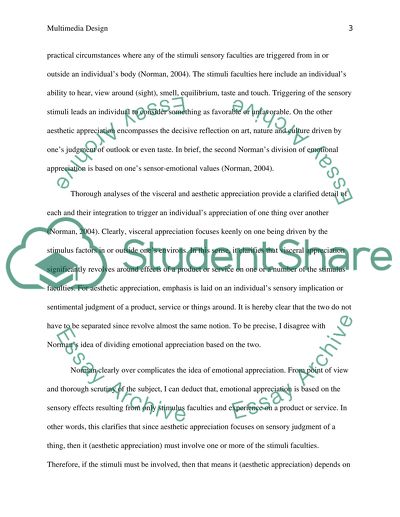Cite this document
(Emotional Design: Why We Love Everyday Things Book Report/Review Example | Topics and Well Written Essays - 1750 words, n.d.)
Emotional Design: Why We Love Everyday Things Book Report/Review Example | Topics and Well Written Essays - 1750 words. https://studentshare.org/philosophy/1469869-multimedia-design
Emotional Design: Why We Love Everyday Things Book Report/Review Example | Topics and Well Written Essays - 1750 words. https://studentshare.org/philosophy/1469869-multimedia-design
(Emotional Design: Why We Love Everyday Things Book Report/Review Example | Topics and Well Written Essays - 1750 Words)
Emotional Design: Why We Love Everyday Things Book Report/Review Example | Topics and Well Written Essays - 1750 Words. https://studentshare.org/philosophy/1469869-multimedia-design.
Emotional Design: Why We Love Everyday Things Book Report/Review Example | Topics and Well Written Essays - 1750 Words. https://studentshare.org/philosophy/1469869-multimedia-design.
“Emotional Design: Why We Love Everyday Things Book Report/Review Example | Topics and Well Written Essays - 1750 Words”. https://studentshare.org/philosophy/1469869-multimedia-design.


